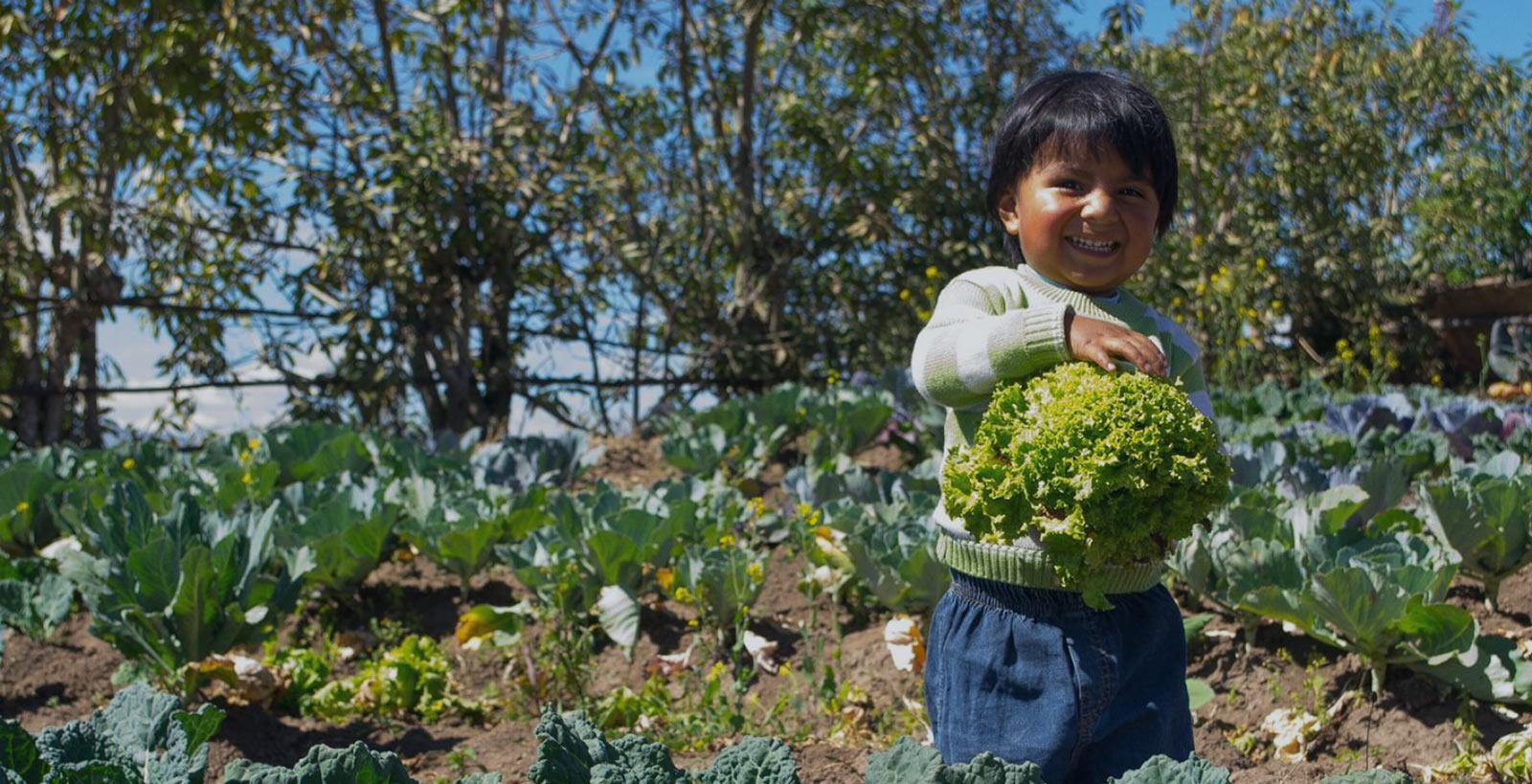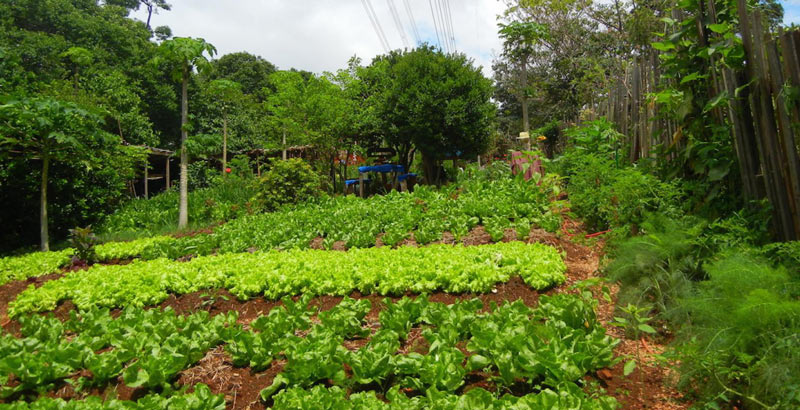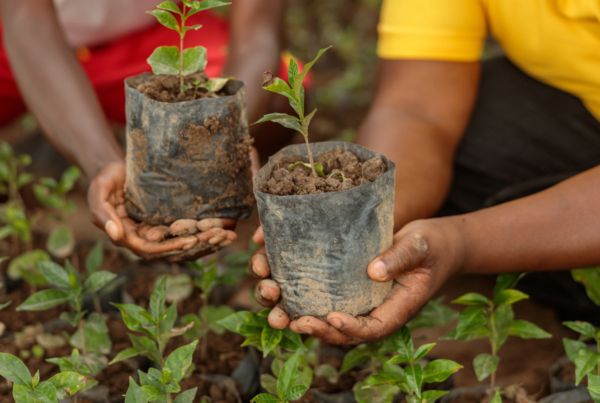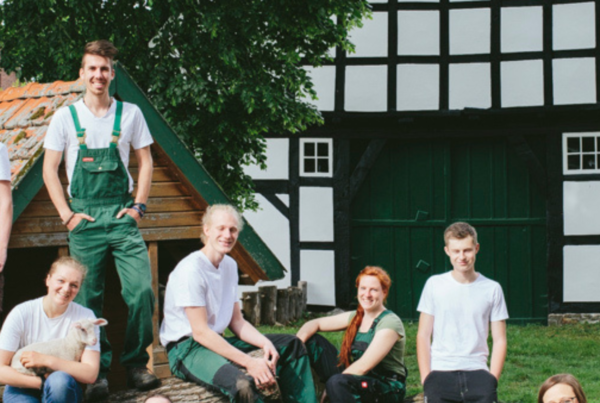Over the past few years, a multi-agency partnership has been diligently consolidating practical solutions for a sustainable world into an online platform known as Panorama – Solutions for a Healthy Planet. The goal? Promote and share the successes of individuals and organizations with others facing similar situations, thereby enabling cross-sectoral, trans-boundary learning. Since its inception Panorama has collected 514 stories from 440 solution providers, and shows no signs of stopping.
The Backstory
On a daily basis, we read incredible stories of individuals and organizations succeeding in creating a more sustainable world. This blog is one such example bringing these stories to the foreground. What happens when multiple agencies come together and do the same? In 2010, following the adoption of the Aichi Targets, IUCN (International Union for the Conservation of Nature) and GIZ (German International Development Agency) decided to do just that and partnered together to found Panorama – Solutions for a Healthy Planet.
The Platform – At a Glance
Devised as a multi-lingual web platform, Panorama – Solutions for a Healthy Planet consolidates experiences, challenges, and lessons learned from a range of conservation and sustainable development topics. The stories are presented as case studies and come from representatives of many sectors, including academia, governments, private companies, and NGOs. A key attribute of the platform? Panorama does not just tell stories for the sake of stories. Rather Panorama documents successful practical approaches to better understand how and why they (the approach) worked, and to adapt and replicate them among institutions and individuals dealing with similar situations. In this regard Panorama allows us to reflect on our experiences and learn from our peers, who may be next door or across the globe.
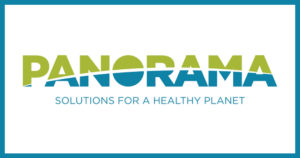
How does Panorama work?
The implementation of Panorama relies on the joint institutional support of seven international organizations (see list below) active in the sustainability realm (e.g., sustainable development and/or conservation). Implementing organizations:
- International Union for the Conservation of Nature (IUCN)¹,
- German Corporation for International Cooperation (GIZ),
- United Nations Development Programme (UNDP),
- United Nations Environment Programme (UNEP),
- GRID Arendal,
- Rare,
- IFOAM – Organics International.
Each of these institutions is responsible for coordinating the activities of at least one of five thematic communities (see list below). Coordinators focus their activities on thematic communities relevant to their area of expertise. Thematic communities:
- Protected Areas,
- Marine and Coastal,
- Ecosystem-based Adaptation,
- Agriculture and Biodiversity,
- Business Engagement.
As a thematic community coordinator, implementing institutions review contributions submitted for inclusion on Panorama. Thematic community coordinators also source solutions for their themes and manage a community of solution providers and seekers related to that topic.
IFOAM – Organics International is a thematic community coordinator for the Agriculture and Biodiversity theme. While our solutions focus specifically on identifying agricultural production methods that support farmers and the environment, they do have commonalities with solutions of other thematic areas. In general, all Panorama solutions consist of elements that can be replicated across social and geographic contexts. Moreover, they are also “effective and have been implemented with a demonstrated positive impact for nature conservation and/or sustainable development”².
Panorama currently houses 108 solutions under the Agriculture and Biodiversity thematic community. Solution providers come from many world regions and organizations, ranging from the Lewa Wildlife Conservancy (Kenya) and the Cities without Hunger (Brazil) to the Parques Nacionales Naturales de Colombia (Colombia), the Ministry of Environment and Food (Denmark), and more!
Source: Cidades Sem Fome, image retrieved from the Panorama Platform
Have/Need a Solution?
It is easy to submit your solution to the Panorama platform! Just visit the website: register for an account, and then add your solution. You will be asked to select between 1) a full or 2) a snapshot solution. If you aren’t sure which solution fits you best, the website offers an explanation of each type. Website content is currently available in English, Spanish, and French.
Have a problem that needs a solution? Check out Panorama’s website today and read about all 514 solutions, which can be filtered by region, ecosystem, theme, or challenge and sorted alphabetically. You might find the answer to an existing question or discover a whole new possibility to explore!
Footnotes
[1] GIZ and IUCN play a leading role in Panorama, and their institutions are home to the partnership coordinators.
[2] Source: This quote was retrieved from the Panorama – Solutions for a Healthy Planet website
“The cover image for this article was retrieved from the Panorama Platform. Credit for this image entitled, ‘Happy Child in an Urban Garden in Quito’ should be attributed to Conquito.”


